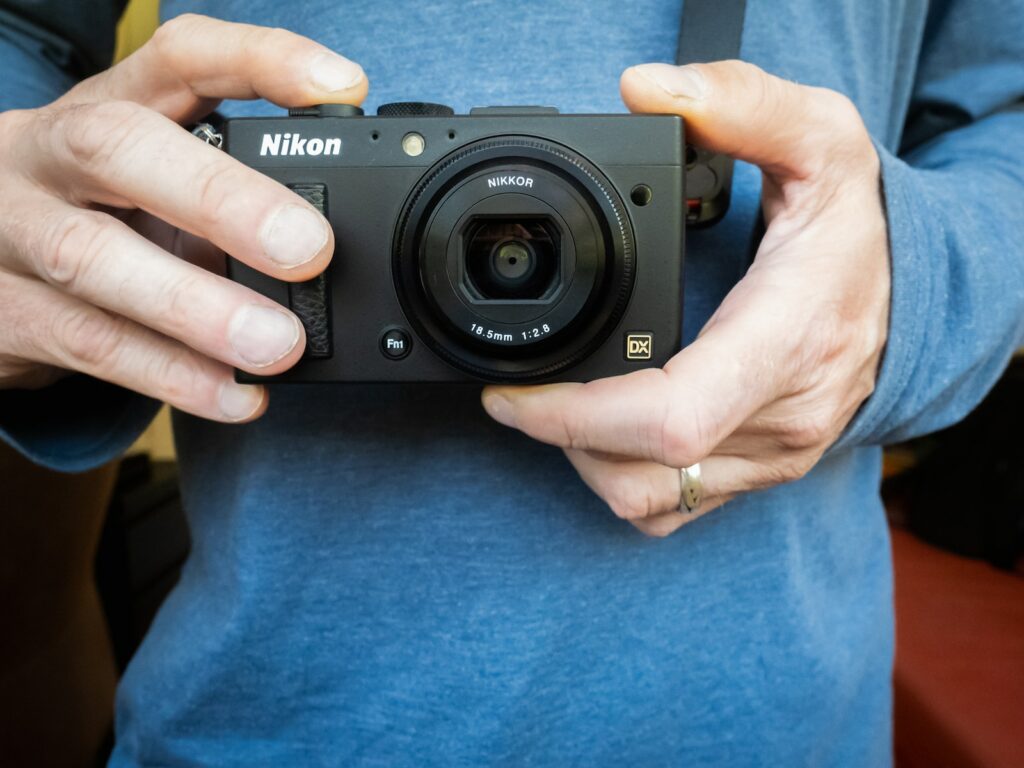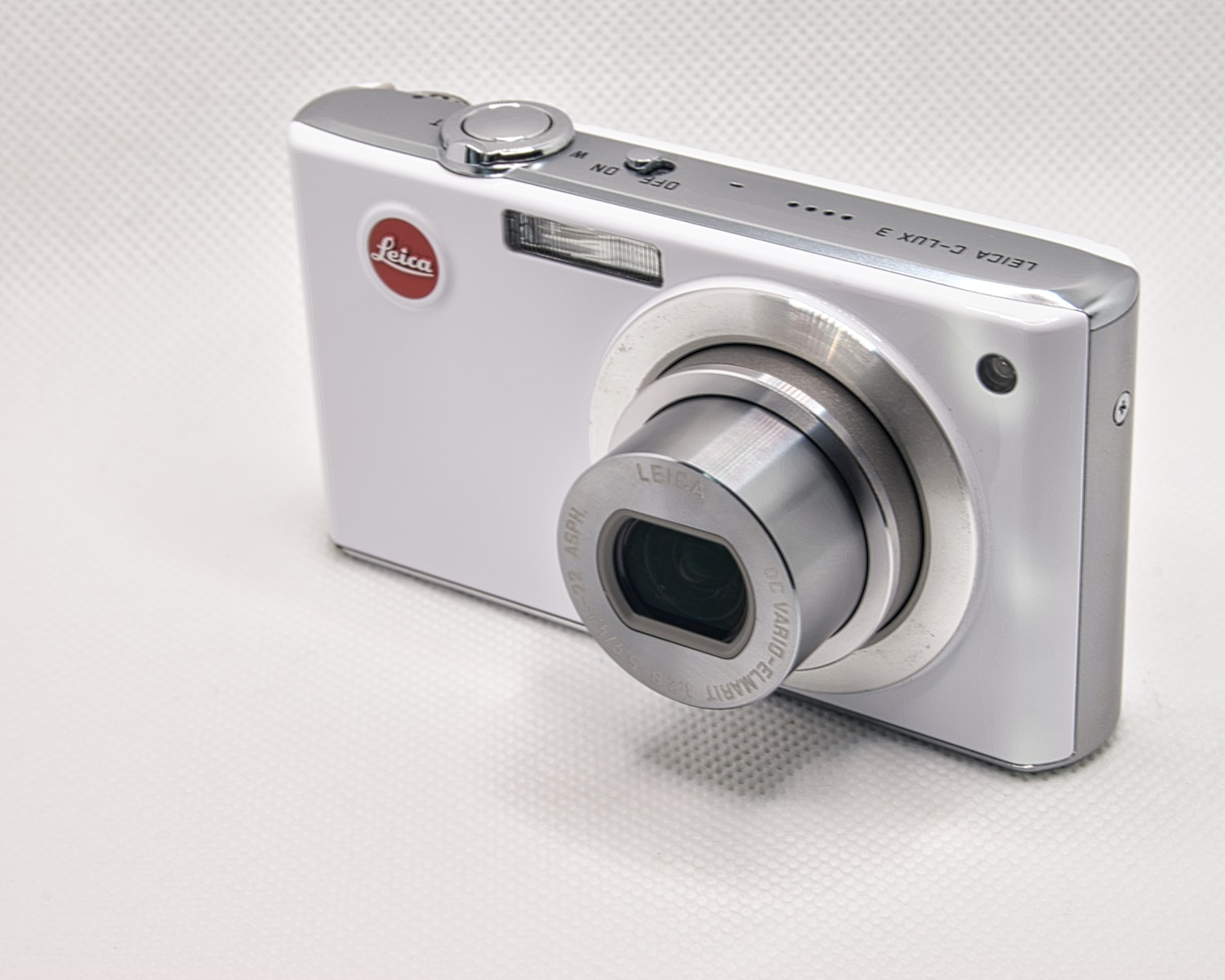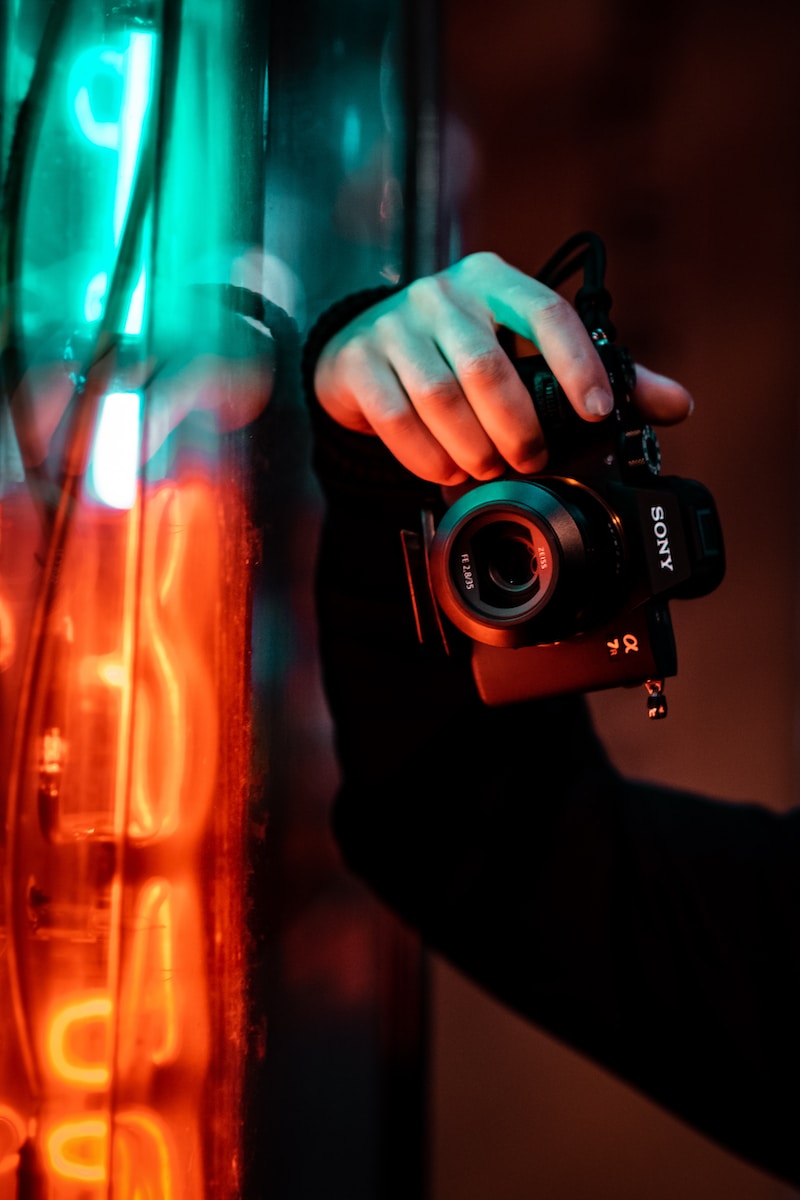Welcome to our blog on the basics of point and shoot cameras! If you’re new to photography or looking for a lightweight and user-friendly camera, this is the perfect guide for you. We’ll delve into the key features, advantages, and downsides of point-and-shoot cameras, providing helpful insights along the way. Whether you’re capturing everyday moments or exploring photography as a hobby, understanding the basics of point and shoot cameras is essential. Let’s jump right into it!
Table of Contents
- The Advantages of Point and Shoot Cameras
- Key Features to Consider
- Potential Downsides and Limitations
- The Benefits of Point and Shoot Cameras
- Frequently Asked Questions
- 1. What are point and shoot cameras?
- 2. What are the key features of point and shoot cameras?
- 3. What are the advantages of using point and shoot cameras?
- 4. Are there any downsides to using point and shoot cameras?
- 5. Can point and shoot cameras capture high-quality images?
- 6. Are point and shoot cameras suitable for travel photography?
- 7. Can I expand the capabilities of a point and shoot camera?
- Wrap Up
The Advantages of Point and Shoot Cameras
1. Convenience and Portability
Point and shoot cameras are compact and lightweight, making them extremely convenient for photographers on the go. Their small size allows you to carry them in your pocket or bag, ready to capture any moment that catches your eye. Whether you’re traveling, attending events, or simply going about your daily life, a point and shoot camera is always within reach.
2. Easy to Use
One of the main advantages of point and shoot cameras is their simplicity. They are designed with entry-level photographers in mind, requiring minimal knowledge of camera settings. These cameras typically have automatic modes that adjust exposure, focus, and other settings, allowing you to focus solely on framing your shot. This makes point and shoot cameras perfect for beginners or for those who want to capture moments without the technical complexities of a DSLR.
3. Affordability
If budget is a concern, point and shoot cameras are an excellent option. They are generally more affordable compared to DSLRs or mirrorless cameras. You don’t have to break the bank to get a decent point and shoot camera that produces good image quality. With advancements in technology, even budget-friendly point and shoot cameras can deliver impressive results for everyday photography.
Key Features to Consider
1. Megapixels and Image Quality
While megapixels aren’t the sole determinant of image quality, they do play a role in capturing finer details. Point and shoot cameras generally have a range of megapixels, and the higher the number, the potential for more detailed images. However, keep in mind that image quality is also influenced by other factors like sensor size and lens quality.
2. Zoom Range
One of the key features to look for in a point and shoot camera is its optical zoom range. Optical zoom allows you to get closer to your subject without sacrificing image quality. The higher the optical zoom range, the more versatile the camera is in capturing subjects both near and far. Some cameras also offer additional digital zoom, but it’s essential to prioritize optical zoom for better image quality.
3. LCD Screen and Controls
A clear and easily visible LCD screen is crucial for framing and reviewing your shots. Look for point and shoot cameras with a good-sized LCD screen and adjustable brightness so that you can clearly see your composition, even under different lighting conditions. Additionally, consider the layout and intuitiveness of the controls to ensure that accessing settings and navigating menus is straightforward and user-friendly.
Did you know that the first commercially successful point and shoot camera, the Kodak Brownie, was introduced in 1900 and cost only $1?
Potential Downsides and Limitations
1. Limited Manual Control
While the simplicity of point and shoot cameras can be an advantage, it also means limited manual control over settings. If you desire more creative freedom in adjusting exposure, shutter speed, or aperture, a point and shoot camera may restrict your options. However, some advanced point and shoot cameras offer manual controls to a certain extent, so it’s worth researching the specific model you’re considering.
2. Image Quality in Low Light
Due to their smaller image sensors, point and shoot cameras can struggle to capture sharp images in low light conditions. The limited sensor size may result in noise and less detail in your low-light shots. However, advancements in camera technology have improved low-light performance in newer models, so consider looking for cameras with larger sensors or lower aperture values for better low-light capabilities.
3. Limited Lens Options
Unlike interchangeable lens cameras, point and shoot cameras have fixed lenses. While this ensures convenience and compactness, it also means limited versatility in terms of focal lengths and perspectives. You won’t have the flexibility of changing lenses to suit different photography genres or creative preferences. However, for most general photography needs, the included lens on a point and shoot camera is more than sufficient.
Understanding the basics of point and shoot cameras empowers you to make an informed decision when selecting a camera that fits your needs and preferences. The convenience, affordability, and ease of use make point and shoot cameras an excellent choice for beginners and casual photographers. While they may have some limitations, they are perfect for capturing everyday moments without the complexities of larger camera systems. Happy shooting!

The Benefits of Point and Shoot Cameras
Let me take you back to a memorable day when I discovered the true power of point and shoot cameras. It was a sunny afternoon, and I had just received my very first camera as a birthday gift. As an amateur photographer, I was eager to put my new gadget to use and capture the world around me.
Exploring the Possibilities
With my point and shoot camera in hand, I embarked on a journey to a nearby park. I was in awe of the incredible variety of colors, textures, and scenes that unfolded before my eyes. From vibrant flowers to playful squirrels, every moment seemed like a potential masterpiece waiting to be captured.
What fascinated me the most about the point and shoot camera was its ease of use. As a newbie photographer, I wasn’t quite ready to dive into the complexities of manual settings and intricate lenses. With a simple click, I could capture the beauty around me without worrying about adjusting the aperture or ISO settings.
The Power of Portability
One of the biggest advantages of point and shoot cameras is their compact size and lightweight nature. Unlike their bulkier counterparts, these cameras can easily fit into your pocket or small bag, making them a perfect companion for photography on the go.
I remember a time when I was hiking up a mountain, capturing breathtaking landscapes along the way. The convenience of my point and shoot camera allowed me to enjoy the trek without being burdened by heavy equipment. It was liberating to know that I could seize the moment whenever inspiration struck, without any hindrances.
Beyond the Basics
While point and shoot cameras may seem simple at first glance, they actually boast an array of advanced features to enhance your photography skills. From built-in image stabilization to face detection technology, these cameras pack a powerful punch.
One feature that particularly caught my attention was the intelligent auto mode. With this mode, my camera could analyze the scene and automatically adjust the settings for optimal results. It made capturing stunning photos as effortless as possible, even for someone still learning the ropes of photography.
Embrace the Opportunities
As I continued exploring the world of point and shoot cameras, I realized that they offered a treasure trove of opportunities for newbie photographers like me. Their simplicity, portability, and advanced features make them an excellent choice for anyone starting their photography journey.
So, if you’re just beginning to dip your toes into the fascinating world of photography, don’t underestimate the power of a point and shoot camera. Embrace its potential, capture unique moments, and let your creativity shine through. Happy clicking!
Frequently Asked Questions
1. What are point and shoot cameras?
Point and shoot cameras are compact, lightweight cameras designed for easy use and convenience. They are perfect for amateur photographers or those who prefer a simple, hassle-free photography experience.
2. What are the key features of point and shoot cameras?
Point and shoot cameras typically offer features like automatic focus, built-in flash, scene modes, and image stabilization to help capture clear and sharp photos without much manual effort.
3. What are the advantages of using point and shoot cameras?
Point and shoot cameras are incredibly user-friendly, making them ideal for beginners. They often have a straightforward interface and require minimal technical knowledge, allowing anyone to take great photos with ease.
4. Are there any downsides to using point and shoot cameras?
While point and shoot cameras offer convenience and simplicity, they usually have limitations when it comes to manual control and image quality compared to more advanced camera types. They might not be suitable for professional or highly specialized photography.
5. Can point and shoot cameras capture high-quality images?
Yes, point and shoot cameras can capture high-quality images, especially in well-lit conditions. However, due to their compact size and limited sensor capabilities, they may not perform as well in low light situations or when precise control over settings is required.
6. Are point and shoot cameras suitable for travel photography?
Absolutely! Point and shoot cameras are often preferred by travelers due to their compact size and portability. They are convenient to carry around and can capture stunning images of landscapes, landmarks, and memorable moments during your travels.
7. Can I expand the capabilities of a point and shoot camera?
While point and shoot cameras have fixed lenses and limited options for interchangeable accessories, you can still enhance your photography with add-ons like external flashes, filters, and tripods. Additionally, many models offer creative shooting modes and built-in effects to experiment with.
Wrap Up
Point and shoot cameras are an excellent choice for newbie photographers who want to capture moments effortlessly and without breaking the bank. With their compact size and user-friendly features, they make photography accessible to everyone.
Remember to consider the key features of point and shoot cameras, such as image quality, zoom capabilities, and ease of use, before making a purchase. While they may not offer the same flexibility and creative control as professional cameras, they are perfect for everyday shooting and capturing memories.
Do you have any experience with point and shoot cameras? What are your thoughts on their pros and cons? Share your insights and photos in the comments below. Let’s start a conversation and help each other on our photography journeys!



